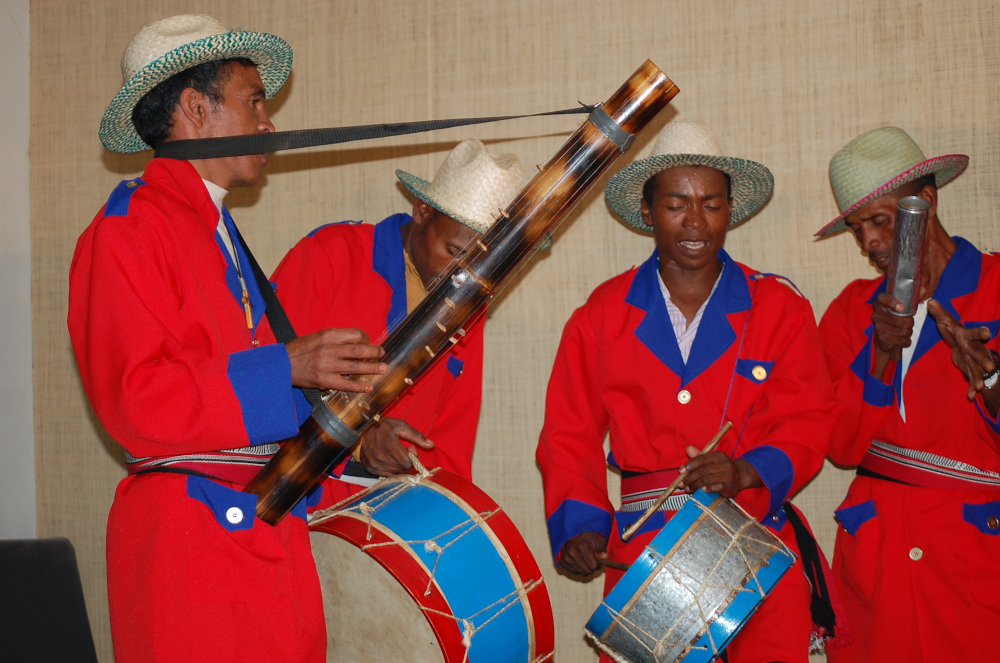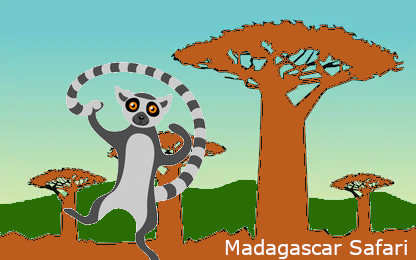- INTRODUCTION
- MALAGASY CULTURE
- MALAGASY TRADITIONAL SPORT
- MALAGASY CUISINE
- BEACHES AND RIVERS
- MONEY AND CREDIT CARDS
- PURCHASE TIPS
- SITES AND ACTIVITIES
- MONUMENTS
- MALASY HANDICRAFTS
- TIPS FOR TRAVELLERS
- MADAGASCAR CONNECTING FLIGHTS
- MADAGASCAR NATIONAL PARKS AND RESERVES
- FAUNA AND FLORA OF MADAGASCAR
- PUBLIC HOLIDAYS IN MADAGASCAR
- THE SOUTH WEST AND WESTERN REGIONS
- THE SOUTH EAST REGION
- THE NORTH WEST REGION
- THE NORTH EAST AND EAST REGIONS
- THE CENTRAL HIGHLANDS
MALAGASY CULTURE
Culture
Since the French annexation in 1896, 18 ethnic groups have been numbered, but the homogeneity of the population is still held thanks to the common civilisation markers – the rice, the zebu, the circumcision, the relationship with the Ancestors – Their societies defined themselves by the environment in which they were settled and are therefore certainly more numerous in their organization.

Taboos (fady) and prohibitions
The malagasy population is known for being pacifist and tolerant.They are strongly attached to their customs and practices, namely in villages and rural communities. Therefore, be attentive to be respectful of traditions, and in particular of elderly people, or of those who are considered as people of high rank in the society, and respect local “fady”, taboos and prohibitions scrupulously. It is recommended to get information about them in advance and to respect them scrupulously. For example, there are communities who do not like their children’s head to be caressed. Before taking photos of a person or a group of people, please ask for their permission first. Lastly, nudism is not allowed on beaches. In town, a lamba or a pareo covering one’s monokini or bikini will be sufficient not to shock malagasy sense of decency.
Funeral Art
To meet with people, one may favour home hospitality which will give the opportunity to attend traditional ceremonies which are still common practice in several places. Malagasy tales or prohibitions are, in a way, expressions of a civilisation that is changing, but this link with ancestors is essential. As any Malagasy is bound to become an ancestor or “razana” some day, he will take particular care of his final resting place, compared to his “terrestrial” dwelling which is nothing more than a temporary one. One then should not be surprised that among some ethnic groups, one may really talk about funeral art. Among the Betsileo in the province of Fianarantsoa, one may see along the road very beautiful tombs made with flat stones piled one on top of the other, and topped by a monolith. In the old days, the custom was also to erect wood posts called “Teza” close to them. They were to be left without care so as to return to dust some day.
Among the Antanosy
Their tradition is to erect commemorative stones. They sometimes form very impressive sets like those at PK 32 between Taolagnaro and Sainte Luce, where there are more than 100 steles. Among the Antandroy tombs are formed a heap of stones called “Valavato” or a stone enclosure whose sides may be as large as 10 m each. The delimitated area is then covered with zebu skulls on which the well known carved wood posts called “Aloalo” will be put up.
Among the Mahafaly
Mahafaly tombs are much alike the antandroy’s, with “Aloalo” showing scenes of daily life, placed according to a well defined order. There is another tendency which replaces stones by mortar. Then tombs become real mausoleums painted in bright colours and decorated with either portraits or geometrical patterns. In the middle, there is usually a sacred little house ornamented with small mirrors.
Among the sakalava
In the hinterland of Morondava, some Sakalava Vezo clans have recourse to sculptures of birds, pots or persons carved in camphor-tree like wood, reputed to be imputrescible. The reason of the erotic sculptures remains an enigma: giving the deceased some good time, or more philosophically representing the continuity of life.
Festivals
Some of all the festivals organized in the island have acquired real international status and fame – the “Donia” in Nosy Be, the “Madajazzcar” in Antananarivo, the “Batrelaky” in the southeast, which celebrates coffee and litchis harvest time in december- are opportunities to get to know an ancient or a more contemporary culture.
